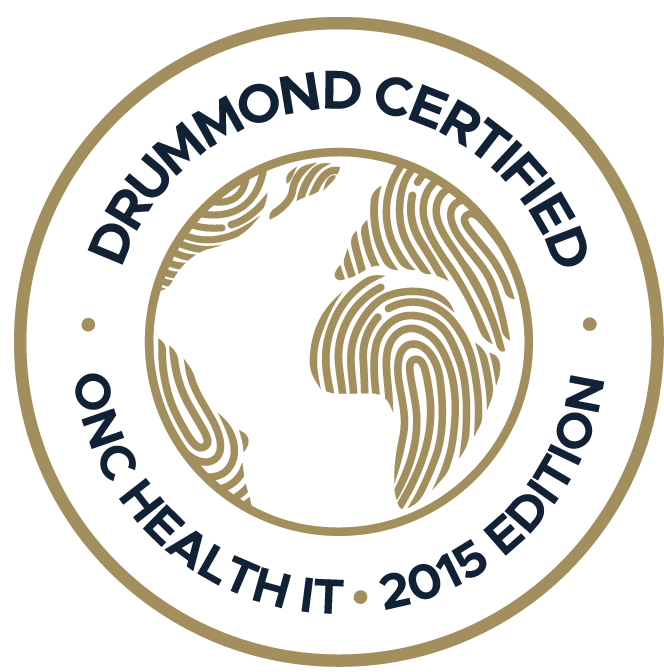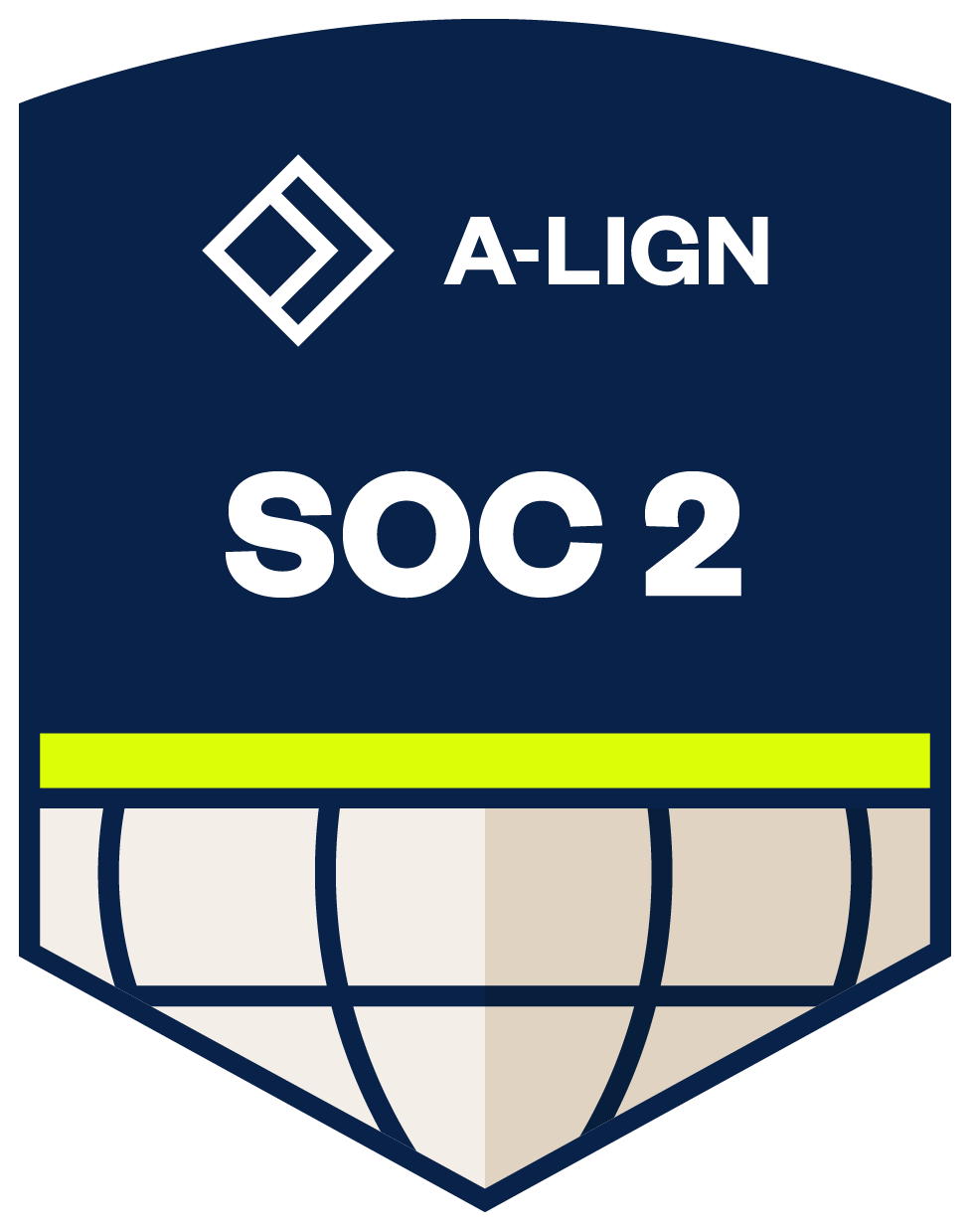Is your practice struggling to overcome operational bottlenecks despite trying everything from hiring extra staff to outsourcing certain tasks? A reliable healthcare practice management software might be the answer...
In 2012, a tragic mistake occurred when the medical records of an 81-year-old woman were misplaced, which led to a catastrophic wrong-patient, wrong-procedure brain surgery. The intended procedure was a routine operation for her dislocated jaw. This error ultimately resulted in her death. The family claimed "ordinary negligence," highlighting a failure to meet the standard of care, and initially won a $20 million lawsuit, though it was later overturned.
In dermatology practices, the stakes are equally high. A recent review emphasizes that medication and diagnostic errors remain significant threats to patient safety. However, these issues can be mitigated with the right dermatology EHR software. Features like e-prescription and clinical decision support (CDS) tools are beneficial and critical for preventing such life-altering mistakes.
In this blog, we'll explore the top five features every EHR system should have to ensure safety and efficiency in dermatology practices and focus on how Practice EHR can help you achieve these standards.

1. Safe and Quick E-Prescription
E-prescription technology, integrated into modern dermatology EHR systems like PracticeEHR, has a crucial role in minimizing errors and improving the overall efficiency of healthcare delivery.
How Does E-Prescription Work?
E-prescription allows healthcare providers to electronically send prescriptions directly to a pharmacy using the dermatology EHR system. Instead of relying on handwritten or printed prescriptions, which are prone to errors, e-prescriptions use a secure, digital format.
This process starts with the dermatologist selecting the appropriate medication within the EHR software, which then transmits the prescription securely to the patient’s chosen pharmacy. The pharmacy receives and processes the order almost instantly, which also reduces wait times and improves accuracy.
Why Should Dermatology EHR Systems Have an E-Prescription Feature?
In dermatology, where precise medication management is crucial, integrating an e-prescription feature into the EHR system is necessary. Medication errors can have severe consequences, especially when dealing with skin conditions that require specific treatments. Dermatology EHR software with e-prescription capabilities guarantees that prescriptions are accurate, reducing the risk of errors associated with manual prescriptions.
Pros of E-Prescription for Practices and Patients
For practices, e-prescription reduces administrative burden, improves efficiency, and minimizes the risk of prescription fraud. It allows dermatologists to quickly and accurately prescribe medications.
For patients, e-prescription improves convenience by eliminating the need to physically drop off prescriptions at the pharmacy. Additionally, it accelerates the time it takes for patients to receive their medications, which contributes to better treatment adherence and outcomes. By integrating an efficient e-prescription feature, Practice EHR supports both dermatology practices and their patients, guaranteeing a safe, efficient, and seamless prescription process.
2. Clinical Decision Support (CDS) Tools
CDS tools provide real-time assistance to healthcare providers, helping them make informed clinical decisions based on the latest evidence and patient-specific data.
How Do CDS Tools Work?
CDS tools operate within the EHR system by analyzing patient data and presenting clinicians with evidence-based recommendations, alerts, and reminders. For example, when a dermatologist enters a diagnosis or selects a treatment plan, the CDS tool cross-references the patient's history, current medications, and the latest clinical guidelines to suggest the best course of action. This real-time support can prevent errors, such as prescribing a medication that might interact negatively with another drug the patient is taking.
Why Should Dermatology EHR Software Integrate CDS Tools?
Integrating CDS tools into Dermatology EHR Software is crucial because it guarantees that dermatologists have immediate access to the most current and relevant medical information. By providing timely, evidence-based recommendations, CDS tools help dermatologists make more accurate diagnoses and treatment decisions, ultimately improving patient care.
Pros of CDS Tools for Practices and Patients
For practices, CDS tools improve clinical efficiency and reduce the likelihood of medical errors, which can lead to better patient outcomes and increased trust in the practice. These tools can also help dermatologists stay updated with the latest clinical guidelines and research without interrupting their workflow.
For patients, CDS tools contribute to safer, more personalized care by making sure that treatment decisions are based on the most current medical evidence. By integrating these valuable tools, Practice EHR simplifies clinical processes and supports dermatologists in delivering the highest standard of care to their patients.
3. Comprehensive Patient Charting and Imaging Integration
By combining patient charting with advanced imaging features, dermatologists can gain a holistic view of their patients' conditions. This approach can lead to more accurate diagnoses and tailored treatment plans.
Why Should Dermatology EHR Systems Offer Charting and Imaging Integration?
Dermatology practices require dermatology EHR software that integrates comprehensive charting and imaging to effectively document and analyze skin conditions. With this integration, dermatologists can store high-resolution images alongside patient notes, which makes sure that all relevant information is easily accessible in one place. This feature is crucial in dermatology, where visual assessment plays a major role in diagnosis and treatment.
Pros of Charting for Practices and Patients
For practices, comprehensive patient charting reduces the time spent on documentation and minimizes the risk of errors. It guarantees that all patient interactions, from initial consultations to follow-up visits, are meticulously recorded. This thorough documentation is invaluable for continuity of care. For patients, detailed charting means that their medical history is accurately captured and easily accessible, leading to more personalized and consistent care.
Pros of Imaging Integration for Practices and Patients
Imaging integration offers notable advantages for both practices and patients. For dermatology practices, it allows for the precise documentation of skin conditions with high-resolution images, which can be compared over time to monitor changes and the effectiveness of treatments. This feature improves diagnostic accuracy and supports better clinical outcomes.
For patients, imaging integration within dermatology EHR software means that their dermatologist can track the progress of their condition more effectively and provide visual evidence of improvements or concerns, which can be reassuring and informative. By integrating these features, PracticeEHR empowers dermatologists to deliver comprehensive, data-driven care.
4. Customizable Templates for Dermatology Procedures
With customizable templates, dermatologists can quickly document common procedures, diagnoses, and treatment plans, all while maintaining flexibility to adapt to unique patient cases.
Why Should Dermatology EHR Software Come With Customizable Templates?
Specialty-specific EHR software offers customizable templates to cater to the varied and complex nature of dermatology procedures. Each patient presents unique challenges, and standardized templates may not always capture the specific details required for accurate documentation.
Customizable templates allow dermatologists to modify and tailor forms to better reflect the nuances of each procedure, guaranteeing that all relevant information is recorded efficiently. This feature saves time during patient encounters and helps maintain consistency and accuracy in clinical records.
Pros of Customizable Templates for Dermatology Practices
The benefits of customizable templates extend to both dermatology practices and their patients. For practices, these templates facilitate the documentation process by reducing the likelihood of errors and omissions while allowing for more consistent and comprehensive patient records. This efficiency frees up time for dermatologists to focus on patient care rather than paperwork.
For patients, the use of well-designed templates ensures that their medical history, treatments, and outcomes are accurately documented, leading to better-informed clinical decisions and more personalized care. By integrating customizable templates, PracticeEHR helps dermatology practices improve their workflow and provide superior patient care.
5. Advanced Patient Portal
An advanced patient portal is a crucial feature in any dermatology EHR system. It gives patients direct access to their health information and facilitates better communication with their healthcare providers.
How Does a Patient Portal Work?
A patient portal is an online platform that connects patients with their healthcare providers. Through the portal, patients can access their medical records, view lab results, request prescription refills, and communicate securely with their dermatologists. The portal also allows patients to schedule appointments, complete pre-visit forms, and receive reminders, all from the convenience of their own homes.
Why Should Dermatology EHR Sofware Offer a Patient Portal?
Dermatology EHR software should offer a patient portal to facilitate better patient engagement and communication. Dermatology practices often require ongoing patient interaction to monitor chronic skin conditions, manage treatments, and follow up on procedures.
A patient portal simplifies these interactions by providing a centralized, secure platform for communication and information sharing. It makes sure that patients have continuous access to their dermatological care, even outside of regular office hours, which is important for maintaining treatment adherence and promptly addressing concerns.
Pros of Patient Portal for Practices and Patients
For dermatology practices, a patient portal reduces the administrative burden by automating routine tasks such as appointment scheduling, form submissions, and medication requests. This automation allows staff to focus on more complex aspects of patient care, improving overall practice efficiency.
For patients, the portal offers a convenient way to manage their healthcare, access their dermatology records, and stay in touch with their provider. This can lead to greater satisfaction and better health outcomes.

Practice EHR - The Best Dermatology EHR Software!
When it comes to managing the unique needs of dermatology practices, having the best EHR system is important. PracticeEHR offers dermatology EHR software that is tailored specifically to the demands of skin care specialists. With features like customizable templates, advanced patient portals, and seamless charting and imaging integration, Practice EHR stands out as the best choice for dermatologists aiming to improve their practice efficiency and patient care.
Incorporating innovative tools such as clinical decision support and e-prescription features, Practice EHR guarantees that your dermatology practice runs smoothly and effectively. Choose Practice EHR for an EHR system that simplifies your workflow and promotes the quality of care you provide to your patients!
Topics: Patient Care, EHR Solution, Specialty-Specific EHR, digital age, Industry Update, Medical Billing, Medical billing services, RCM, EHR, Technology in Healthcare, Kiosk, EHR Features, Dermatology EHR
RECENT POSTS



TOPICS
- EHR Solution (191)
- EHR (124)
- digital age (117)
- Patient Care (116)
- Medical Billing (110)
- Specialty-Specific EHR (110)
- Industry Update (97)
- Technology in Healthcare (84)
- EHR Features (79)
- Small Practice (77)
- Medical billing services (72)
- HIPAA Security (62)
- Integrated EHR (62)
- RCM (62)
- New Technology (44)
- Cloud-based EHR (43)
- Telemedicine (42)
- Healthcare Office Management (40)
- Practice EHR News (38)
- Kiosk (31)
- Revenue Cycle Management (28)
- AI Solutions (23)
- ePrescribing (21)
- AI Scribing (16)
- Best EHR Software (16)
- EMR (12)
- Practice Management Software (12)
- AI-powered Medical Billing (10)
- Client Favorites (10)
- Practice Automation (10)
- TeleVisit (10)
- The ONE (10)
- AI EHR (9)
- Switching to New EHR (9)
- MACRA/MIPS (8)
- Patient Portal (8)
- Urgent Care (8)
- AI Scribe (7)
- Best EHR Practice (7)
- EHR Integration (7)
- Psychiatry EHR (7)
- E-Prescribing (6)
- Product Updates (6)
- events (6)
- AI scanning (5)
- MIPS (5)
- Automated Health Tools (4)
- HIPAA (4)
- Insider (4)
- Internal Medicine EHR (4)
- MIPS Reporting (4)
- Mobile EHR (4)
- Orthopedics EHR (4)
- Podiatry (4)
- Podiatry EHR (4)
- Telehealth Platform (4)
- Chiropractic EHR (3)
- Digital Experiences (3)
- EHR Flaws (3)
- EHR Implementation (3)
- EHR for Chiropractors (3)
- EHR for Small Practices (3)
- Family Medicine EHR (3)
- Integrated Practice Management (3)
- Medical Practice Management Software (3)
- Patient Check-in Kiosk (3)
- PracticeEHR GO App (3)
- Regulatory Updates (3)
- Telehealth Platforms (3)
- Clearinghouse (2)
- Dermatology EHR (2)
- EHR Scheduling (2)
- Eligibility Verification in Medical Billing (2)
- Foot and Ankle Care (2)
- Foot and Ankle EHR (2)
- Health records 101 (2)
- Medical Coding Services (2)
- Medical Credentialing (2)
- Multilingual AI Scribe (2)
- Quality of Patient Care (2)
- Reporting Under MIPS (2)
- Risk and Liability in Medical Settings (2)
- What Works Clearinghouse (2)
- AI Scan (1)
- Bariatric EHR (1)
- Behavioral Health Practices (1)
- Billing Communication (1)
- Billing for Private Practices (1)
- Cardiology EHR (1)
- Cash Flow (1)
- Cashless Payments (1)
- Charting (1)
- Data Security (1)
- Dos and Don'ts (1)
- EHR Guides (1)
- EHR KPIs (1)
- EHR Questions to Ask (1)
- EHR Transition (1)
- EHR for Chronic Illness (1)
- EMR vs EHR Difference (1)
- ENT EHR (1)
- Endocrinology EHR (1)
- Family Medicine (1)
- Gastroenterology (1)
- Gastroenterology EHR (1)
- General Surgery EHR (1)
- Geriatric AI scribe (1)
- Geriatrics EHR (1)
- Guides (1)
- Healthcare Compliance Certification (1)
- Healthcare Practice Office Management (1)
- Help Center Videos (1)
- Insurance Reimbursement (1)
- KPI (1)
- Key Performance Indicators (1)
- Lab Processing (1)
- MACRA (1)
- Medical Billing Partner (1)
- Nephrology EHR (1)
- Neurology EHR (1)
- Pain Management EHR (1)
- Pediatrics EHR (1)
- Physical Therapy EHR (1)
- Practice Cash Flow (1)
- Practice Efficiency (1)
- Pulmonology EHR (1)
- Reconsider Your EHR (1)
- Simplify Practice Management (1)
- Staffing in Healthcare (1)
- Switch Medical Billing Providers (1)
- Urgent Care Medical Billing (1)
- Urology EHR (1)
- Voice-Activated AI Scribe (1)
- insurance claim denials (1)








